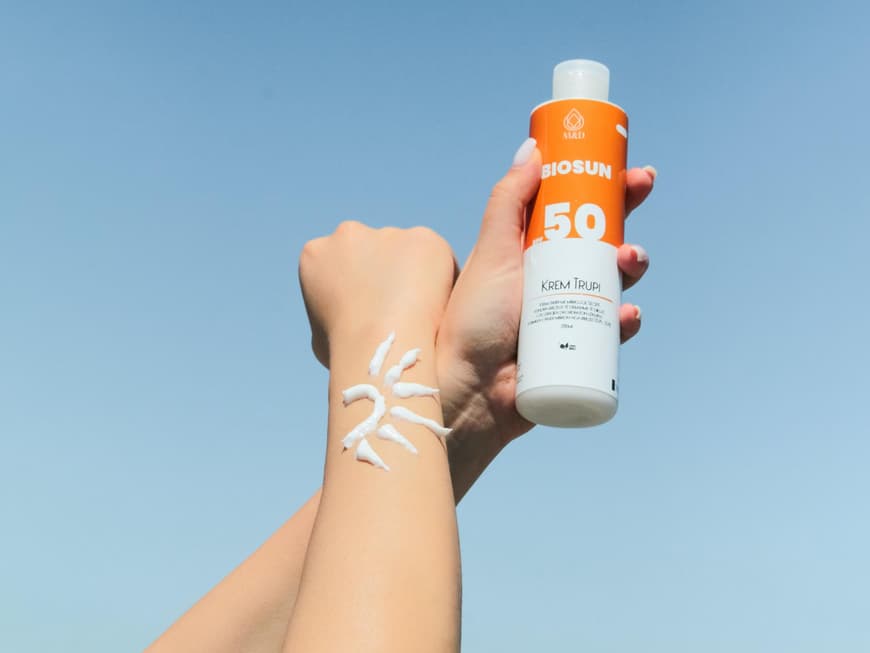
The sun protection factor (SPF) at a glance
The sun protection factor of a sunscreen indicates how well it protects the skin from the sun's harmful UVB rays. The SPF value indicates how much longer you can stay in the sun with the sunscreen without getting sunburned, compared to using no sunscreen at all. For example, a sunscreen with SPF 30 would theoretically protect you from sunburn for 30 times longer, i.e. 300 minutes.
Minimal difference in the protective effect
It is important to note that the difference between SPF 30 and SPF 50 in terms of actual protection against sunburn is minimal. A sunscreen with SPF 30 blocks about 97% of UVB rays, while a sunscreen with SPF 50 blocks about 98%. However, this additional percentage does not provide a significant advantage over the lower SPF value. The assumption that SPF 50 offers twice as much protection as SPF 30 is a common misconception. A higher SPF does not automatically provide better protection, but merely offers a slight additional absorption of UVB rays.
Consistency and application
An important aspect when choosing the sun protection factor is the consistency of the sunscreen. Sunscreens with a higher SPF often have a thicker consistency to provide the higher protection. This can make them harder to apply and leave a sticky or greasy feeling on the skin. Some people find this uncomfortable and may therefore prefer sunscreens with a lower SPF, which are easier to apply and less sticky. It is important to choose a sunscreen that you enjoy using as this will make regular application easier.
The importance of correct application and renewal
Regardless of the sun protection factor you choose, correct application and regular reapplication of sunscreen is crucial for effective protection. Apply a sufficient amount of sunscreen to all exposed skin areas and spread it evenly. Don't forget to cover sensitive areas such as ears, neck, hands and feet. Repeat the process every two hours or after swimming or heavy sweating, as sunscreen loses its effectiveness over time.
The role of SPF in UVB ray absorption
It is important to note that SPF only indicates protection against UVB rays, which are responsible for sunburn. A higher SPF does not provide additional protection against UVA rays, which are associated with premature skin ageing and skin cancer. Therefore, it is advisable to look for a sunscreen that offers broad spectrum protection and protects against both UVB and UVA rays. Look for the terms 'broad spectrum protection' or 'UVA/UVB protection' on the packaging.
When choosing between SPF 30 and 50, there is no significant difference in protection. Both SPF values provide adequate protection against sunburn as long as they are applied correctly and renewed regularly. The important thing is to choose a sunscreen that suits your skin and your preferences. Remember that SPF is only one part of sun protection and look for a product that offers broad spectrum protection to protect against both UVB and UVA rays. Enjoy the sun responsibly and protect your skin appropriately, regardless of the sun protection factor you choose.

